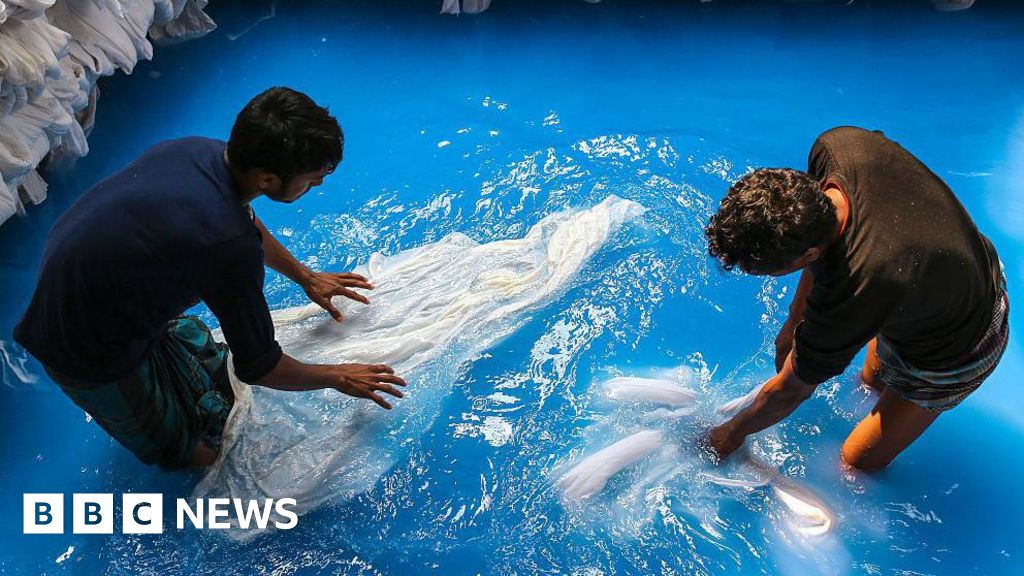In a small corner of rural Taiwan, set amongst other dye houses and small factories, the start-up Alchemie Technology is in the final phase of rolling out a project it claims will upend the global apparel industry and slash its carbon footprint. The UK-based start-up has targeted one of the dirtiest parts of the apparel industry – dyeing fabric – with the world’s first digital dyeing process.
The apparel industry uses an estimated five trillion litres of water each year to simply dye fabric, according to the World Resources Institute, a US-based non-profit research centre. The industry is, in turn, responsible for 20% of the world’s industrial water pollution, while also using up vital resources like groundwater in some countries. It also releases a massive carbon footprint from start to finish – or around 10% of annual global emissions, according to the United Nations Environment Programme.
Alchemie says its technology can help solve that problem. Called Endeavour, its machine can compress fabric dyeing, drying, and fixing into a dramatically shorter and water-saving process. Endeavour uses the same principle as inkjet printing to rapidly and precisely fire dye onto and through the fabric, according to the company. The machine’s 2,800 dispensers fire roughly 1.2 billion droplets per linear meter of fabric.
Alchemie claims big savings through the process: reducing water consumption by 95%, energy consumption up to 85%, and working three to five times faster than traditional processes. Developed initially in Cambridge, the company is now in Taiwan to see how Endeavour works in a real-world environment.
Alchemie is not the only company attempting a nearly waterless dye process. There’s the China-based textile company NTX, which has developed a heatless dye process that can cut down water use by 90% and dye by 40%, according to their website, and the Swedish start-up Imogo, which also uses a “digital spray application” with similar environmental benefits.
Source link




